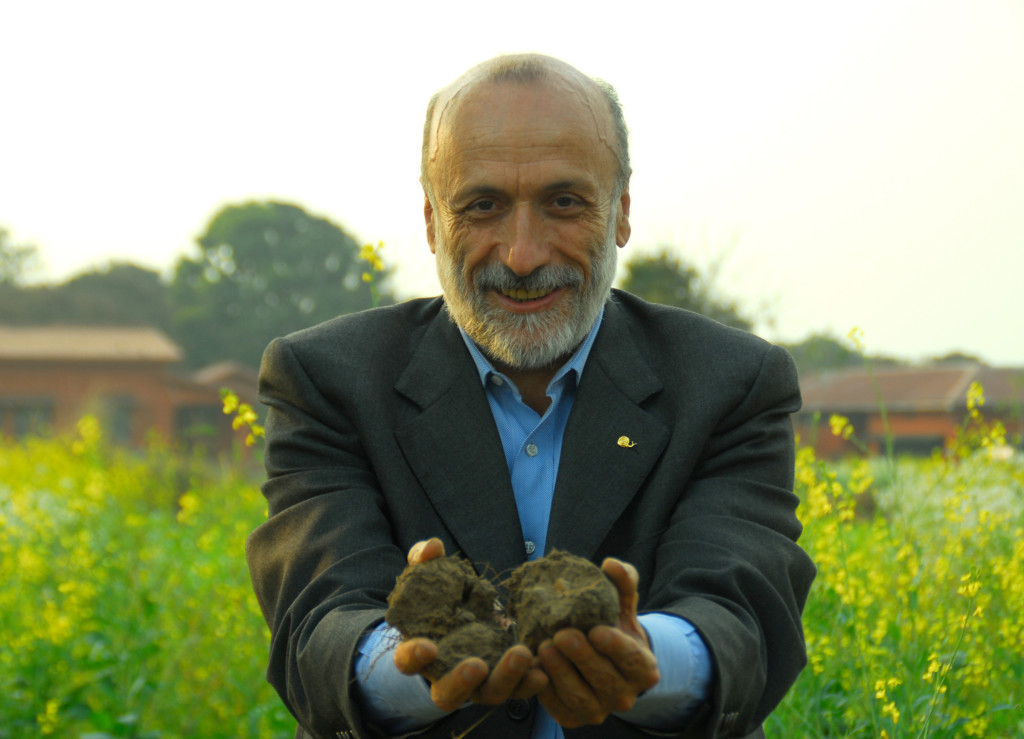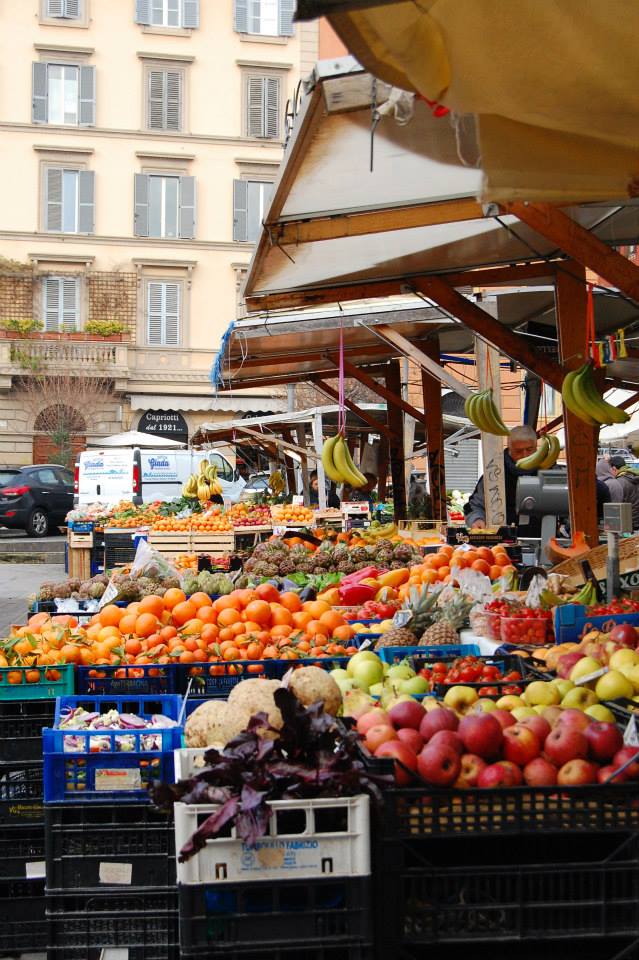With all of the recent talk of sustainability, clean eating and freshness in the food industry, it can be easy to forget that these ideas are not exactly new. While the farm-to-table concept is only just picking up speed in America, Europe has been embracing and protecting these principles for much longer.
While studying abroad in Italy, my friends and I noticed how simple, fresh and seasonal the Italian food is. We felt healthier (even though we were eating mountains of pasta) and everything seemed to taste so much better. I saw how the Italians would buy their produce from farmer’s stands every few days to ensure freshness. They hardly ate anything that was processed. With such strong laws in place regarding GMOs and the quality and sustainability of ingredients, Italians really had good food down to a science.
I saw how the Italians would buy their produce from farmer’s stands every few days to ensure freshness. They hardly ate anything that was processed. With such strong laws in place regarding GMOs and the quality and sustainability of ingredients, Italians really had good food down to a science.

Photo by Amanda Shulman
I soon learned the history behind this phenomenon in both my cooking and sustainability classes. This movement towards fair, clean, and locally-sourced food all started with one man back in 1986 when the first Italian McDonalds opened in Rome. Carlo Petrini saw this as a threat to the Italian way of life and started what is known as the Slow Food Movement.
The Slow Food Movement is aimed at protecting clean, fair trade, and environmentally friendly food. In contrast to cheap and quick fast food, slow food means using only seasonal and fresh ingredients and taking the care to know where your food is coming from. Restaurants that are part of the movement simply put the well-known symbol of the movement, a snail, on their windows and menus to signal to customers the quality of their food.

Photo courtesy of blog.clairty.fm
Italians are extremely proud of their culinary traditions and Petrini, who is still the CEO of the SFM, is regarded as a sort of celebrity to them. The more I paid attention, the more snails I saw on panini shop windows and menus. It’s no coincidence that Italian food is so delicious; the country puts a lot of effort into preserving their cuisine.
The SFM has now spread to over 150 countries, including America. For many years, America has been characterized by our greasy fast food and few to no laws prohibiting the use of growth hormones and GMOs. Now, the Slow Food movement is making its way here as Americans becoming increasingly aware and concerned with the food they are consuming.

Photo by Miller Cornelius
However, we still have a long way to go. Returning to America after eating so clean and consuming hardly anything processed was not easy. Compared to the unique colors and shapes of vegetables in Italy, walking into the huge grocery store and seeing aisles and aisles of peppers and tomatoes that all looked exactly the same was scary. My first week back, the produce tasted so bland, and I actually got pretty sick.
It’s unfortunate that I had to go to another country to realize how broken our food system really is. Thankfully, there are many Americans who are pushing for better quality and eco-friendly food. Big names such as award-winning chef Dan Barber have been pioneering self-sufficient and sustainable cuisine. His book The Third Plate offers insight into the SFM and his vision for the future of the American diet.
Thankfully, you don’t have to make a visit to Barber’s Stone Barn to make a difference; we can all play a part. The Slow Food USA website offers several ideas to get involved from simply making smart food choices to joining a community farm. While we may not treat food like the Italians do overnight, there are tons of easy ways to eat more sustainably, even in college. The movement is only starting here in America, and we can only hope that it continues for a healthier, tastier, and more sustainable future for food.

